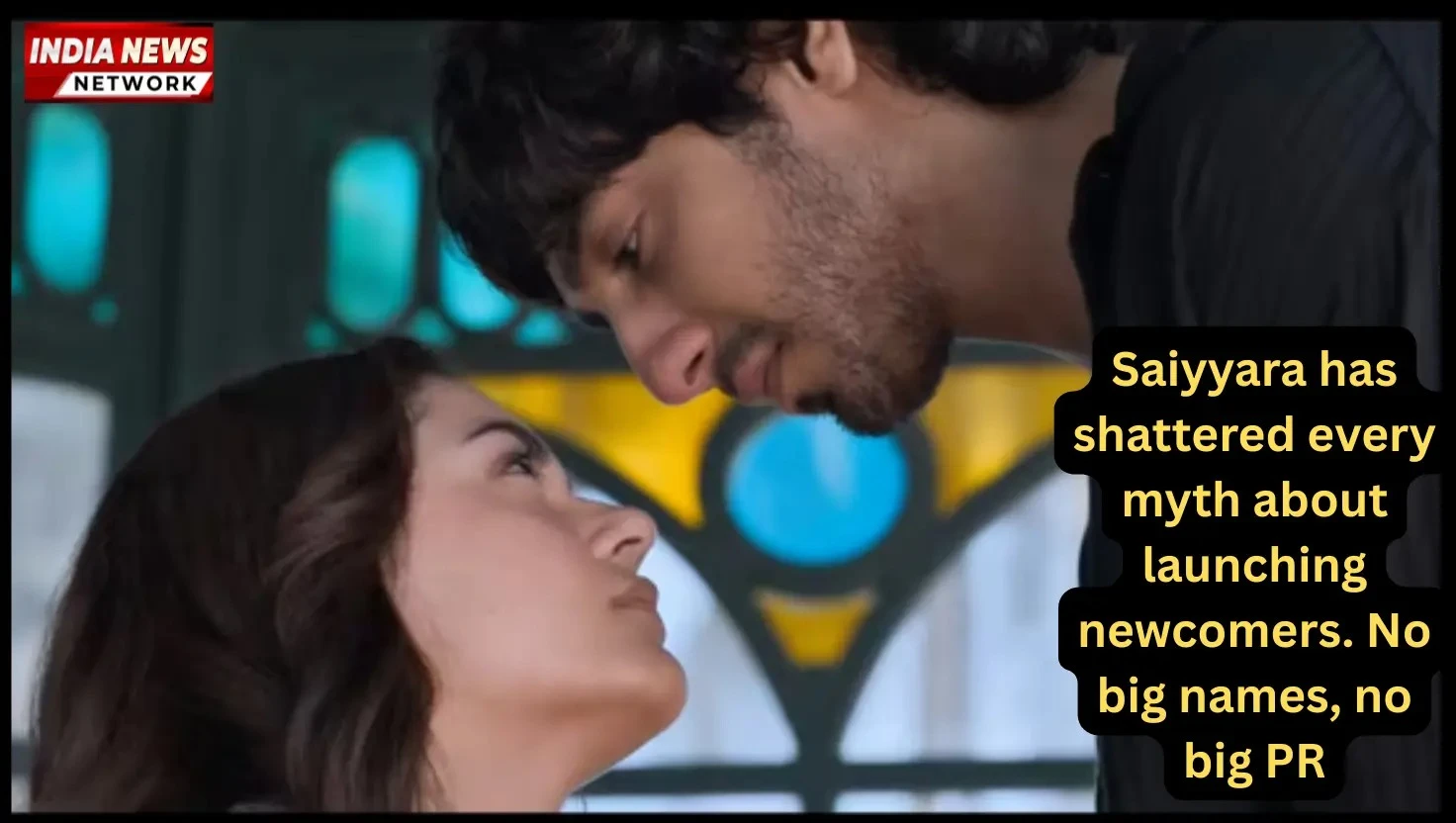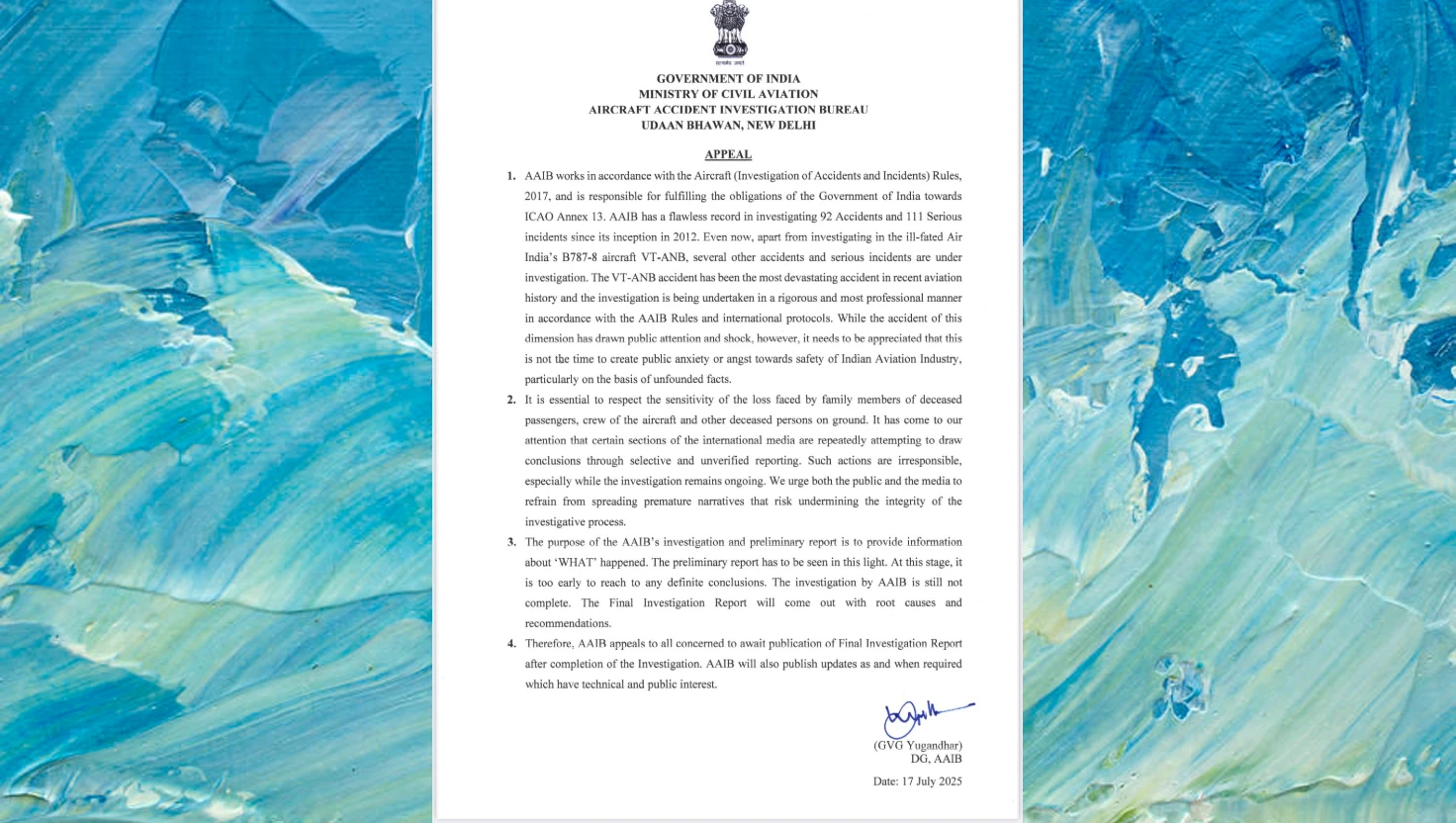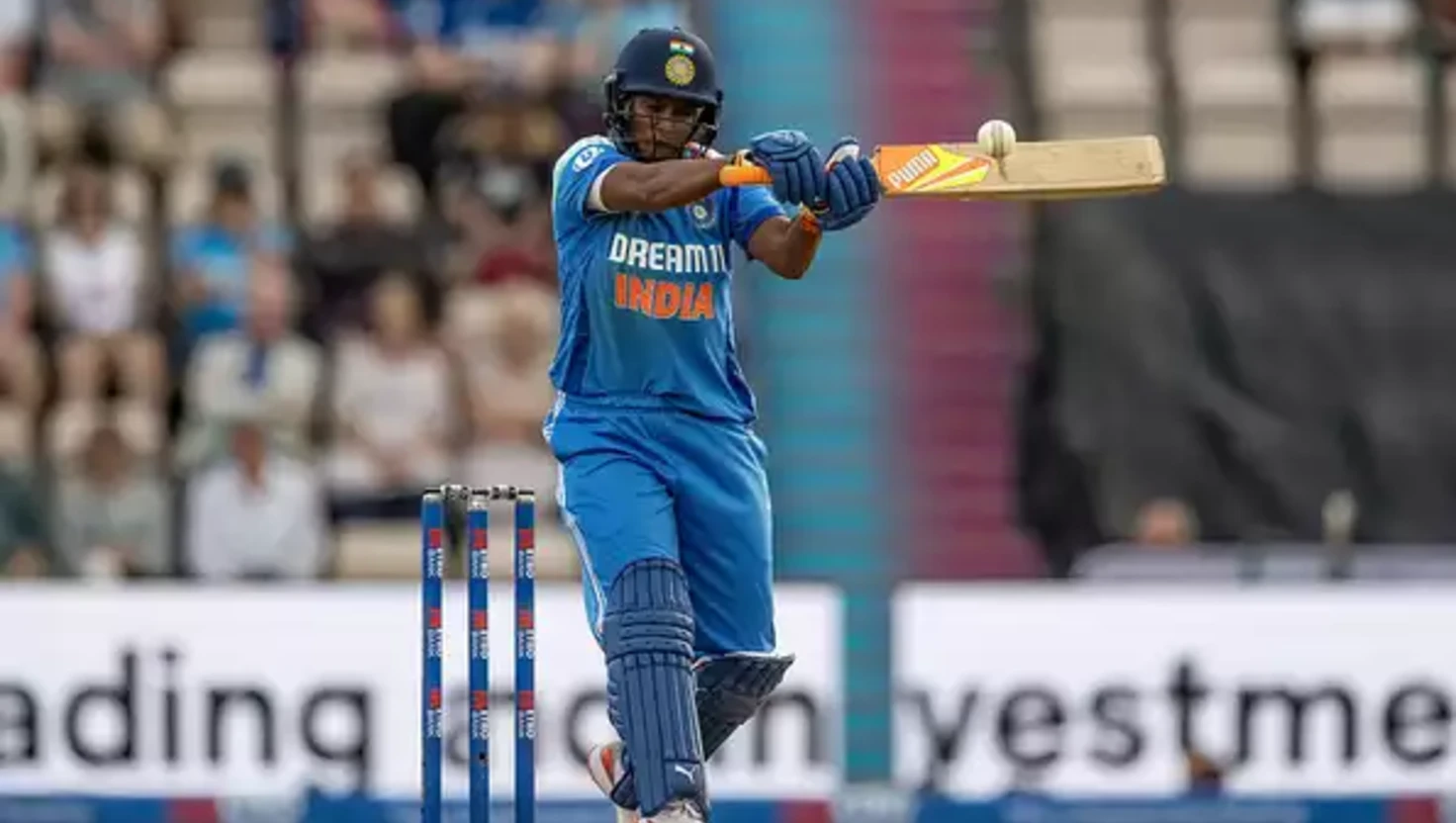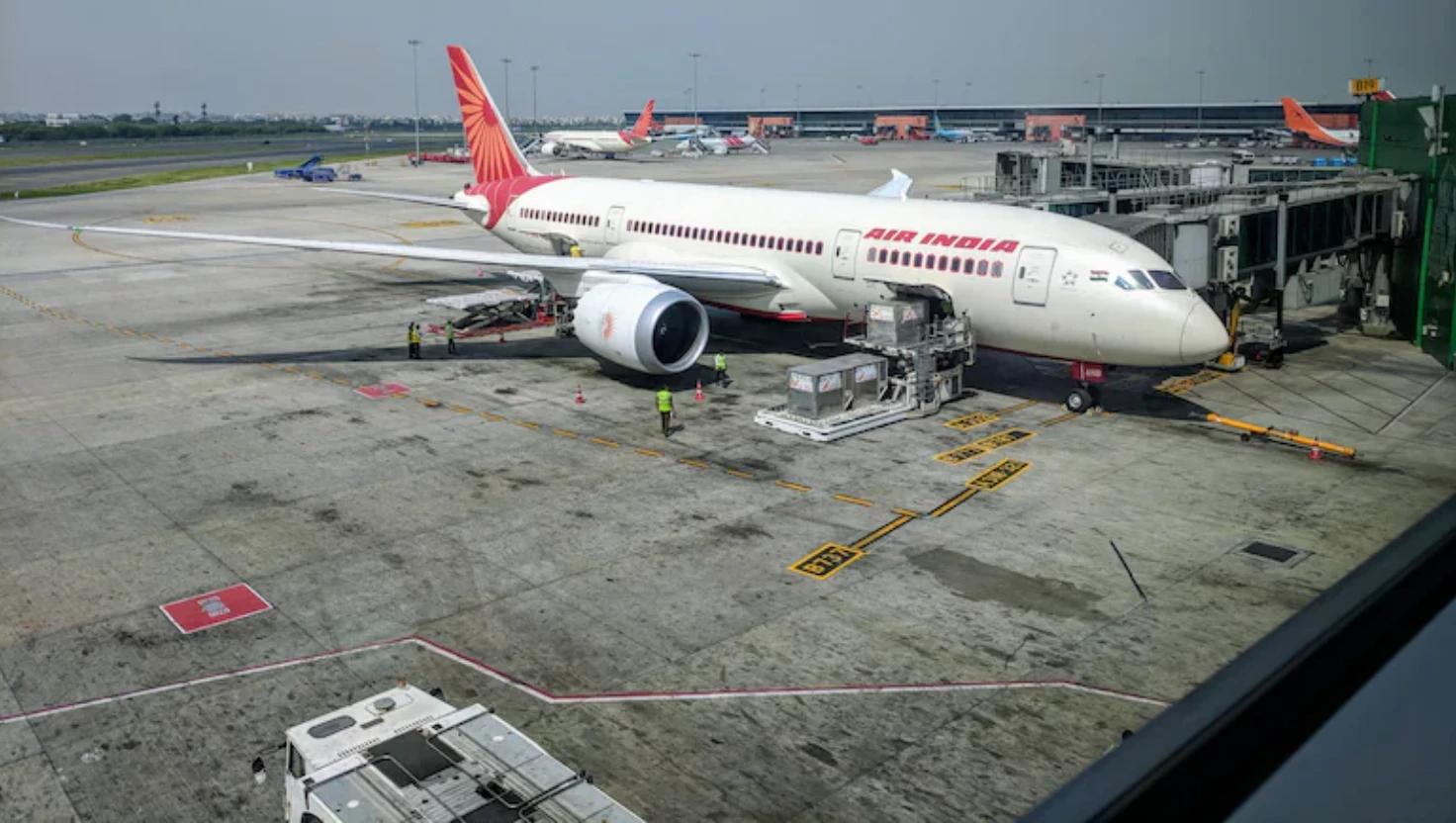Hindi in Maharashtra Schools: Thackeray Cousins Unite to Oppose Policy

This would be the first time in the past two decades that the Thackeray cousins would join forces over an issue.This would be the first time in the past two decades that the Thackeray cousins would join forces over an issue.
Uddhav and Raj Thackeray announce a rare joint protest against the introduction of Hindi in Maharashtra schools, calling it an attack on Marathi identity.
Former Maharashtra Chief Minister Uddhav Thackeray and his estranged cousin Raj Thackeray are set to stage a rare joint protest march on 5 July to oppose the state government’s plan to introduce Hindi as a third language in primary schools. The event marks the first time in nearly two decades that the two leaders will stand together on a public platform.
The decision follows the Maharashtra government’s resolution to implement Hindi in Classes 1 to 5 as part of the National Education Policy’s three-language formula. The move has provoked criticism from various political and cultural groups, who describe it as an infringement on regional identity.
According to Shiv Sena (UBT) Member of Parliament Sanjay Raut, Raj Thackeray contacted him shortly after separate protests were announced to suggest a unified demonstration would carry greater weight. “When we were speaking at the press conference, we were not aware of Raj’s plans,” Raut said. “Later, he called me and proposed that it would not be appropriate to have two separate protests for the cause of Marathi.”
Raut said that Uddhav Thackeray agreed “without hesitation,” leading to the decision to hold a single march on 5 July. The final route and gathering point are expected to be confirmed within days. Organisers indicated the demonstration would likely proceed from Girgaon Chowpatty, a popular seafront in south Mumbai, to Azad Maidan, a traditional site for public rallies.
The unusual display of unity has fuelled speculation about the cousins’ political future. Raj Thackeray broke away from the Shiv Sena to form the Maharashtra Navnirman Sena (MNS) nearly 20 years ago. The two parties have often competed for the same Marathi nationalist voter base. With civic elections approaching, some observers see the protest as a potential prelude to closer coordination.
MNS leader Sandeep Deshpande welcomed the decision to join forces. “This march will show what Marathi people can do when they come together,” he said. “It will be like a second Sanyukta Maharashtra Movement,” referring to the 1950s campaign that led to the creation of Maharashtra state.
The planned demonstration has drawn criticism from the governing coalition led by Chief Minister Eknath Shinde, whose faction of the Shiv Sena is allied with the Bharatiya Janata Party (BJP). Minister Ashish Shelar rejected allegations of a Hindi “imposition,” saying that Marathi remains compulsory while Hindi is merely an option among 22 approved languages. “Both of them are victims of misunderstanding,” Shelar said, suggesting the protests were designed to “mislead” voters ahead of local elections.
Education Minister Dada Bhuse, who met Raj Thackeray last week, defended the policy. He emphasised that Hindi would initially be taught informally without textbooks or exams and that final decisions would only follow broad consultations. “We are not forcing Hindi on anyone,” Bhuse said.
Despite these assurances, language advocates have continued to oppose the move. Academic and activist Deepak Pawar, who had planned a separate demonstration on 7 July, said Marathi cultural groups would still gather if the government failed to reverse its decision. “The Marathi identity must be respected,” he said.
Following the announcement of the joint march, MNS and Shiv Sena (UBT) leaders held a series of meetings to coordinate logistics. Deshpande and Sena legislator Aaditya Thackeray, Uddhav’s son, were seen greeting each other warmly at a public event in Mumbai. The gesture added to speculation about possible broader cooperation.
MNS organisers have indicated they will invite representatives from other opposition parties, including the Indian National Congress and the Nationalist Congress Party (NCP), to participate in the demonstration. “We are asking everyone who believes in Marathi pride to join,” Sena MLA Varun Sardesai said.
The Maharashtra government issued the controversial order on 16 April as part of efforts to comply with the National Education Policy adopted in 2020. Supporters say the policy promotes multilingual skills in a diverse country. Critics, however, argue that prioritising Hindi risks marginalising regional languages and cultures.
The protest is scheduled for 5 July and is expected to draw large crowds from across Mumbai and surrounding districts. While both leaders insist the march is non-political, observers see it as a significant moment in Maharashtra’s evolving power dynamics.
Context:
The three-language policy is a central element of India’s National Education Policy, which aims to encourage fluency in Hindi, English and a regional language. Implementation has varied across states. In Maharashtra, where Marathi is the dominant language, any perception of Hindi encroachment has historically met with strong resistance. The last major agitation over language policy occurred during the formation of the state in 1960, which emerged from a movement demanding recognition for Marathi speakers.

Reliance Retail acquires Kelvinator, The Coolest One
Reliance Retail has purchased the Kelvinator brand from Electrolux for nearly ₹160 crore, aiming to strengthen its position in India's consumer durables market.
| 2025-07-19

Saiyyara has shattered every myth about launching newcomers. No big names, no big PR
Madhur Bhandarkar praises debut film 'Saiyaara' for its raw talent and storytelling, marking a shift in Bollywood's approach to newcomers.
| 2025-07-19

India slams reports blaming pilots for Air India crash
India's AAIB disputes US media assertions regarding Air India AI 171 crash, highlighting ongoing investigation and sensitivity towards victims' families.
| 2025-07-18

India Secures Four-Wicket Win in ODI Series Opener Against England
India achieves a four-wicket victory over England in the ODI series opener, led by Deepti Sharma's unbeaten 62 runs.
| 2025-07-17

Air India inspection claims no problems found with Boeing 787 fuel control switches
Air India has conducted thorough inspections of its Boeing 787 fuel control switches, reporting no problems following a DGCA directive.
| 2025-07-17




